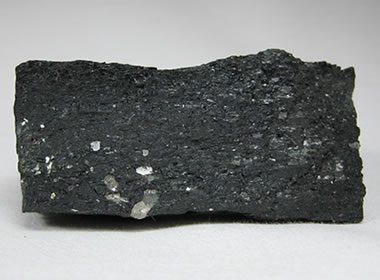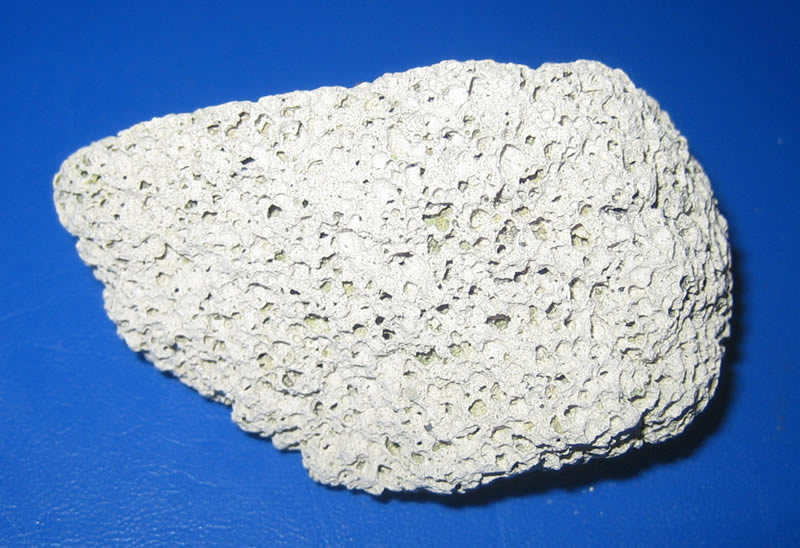Entrance to the Earth Lodge
In 1936, the land inhabited became Ocmulgee National Park when President Franklin D. Roosevelt signed legislation proclaiming its establishment. The designation helped protect the area and preserve the artifacts from earlier cultures. Unfortunately, the legislation did not protect all the land inhabited by early cultures and artifacts of the cultures were destroyed during the construction of I-16 in the 1960s. Still, in 1997 Ocmulgee National Park was named the first Traditional Cultural Property east of the Mississippi.
Entrance
Archaeologists refer to the people who built the large mounds at Ocmulgee National Park as the Macon Plateau Culture. These people chose the location because of its proximity to the Ocmulgee River, of its ability to provide protection, and of its fertile lands. Most likely, the Mississippian Indians that came to live in the Macon area migrated from the Tennessee River Valley.
Ocmulgee River (I kayaked down the river last week.)
The Mississippi Indians grew crops around the area in addition to hunting local game. They grew corn, beans, squash, and other crops. Most notably, the people built the large earth-mounds on the site by hand. The great temple served religious purposes, while many of the earthen mounds served as council chambers or living-quarters.
Great Temple Mound
Even though the cultures which once lived on the land are now gone, the Ocmulgee National Park helps preserve their traditions and legacy. Each year, the Ocmulgee Indian Celebration helps teach visitors about the people who first inhabited the area. The event is one of the biggest annual gatherings of Native Americans in the Southeast and attracts many performers and craftsmen of Native culture. In 2012, the Ocmulgee National Park held its 21st celebration.










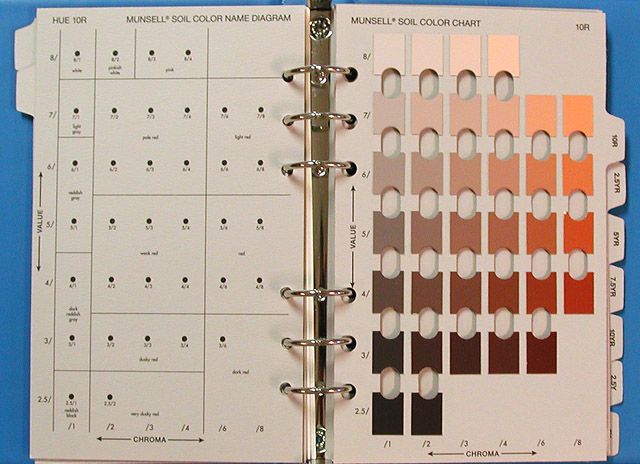





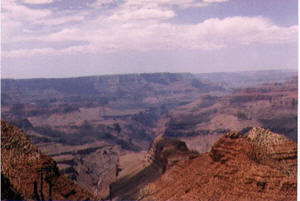
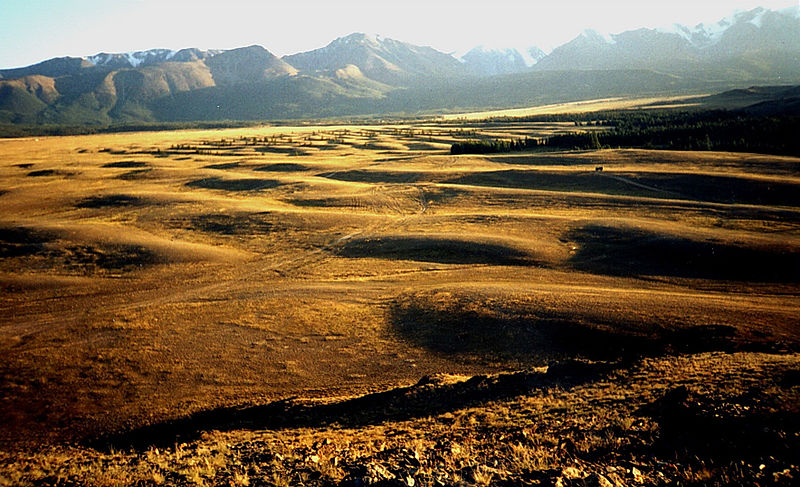



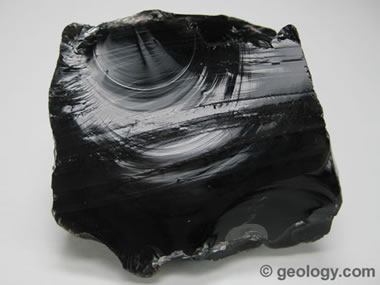

.preview.JPG)

%201.jpg)



